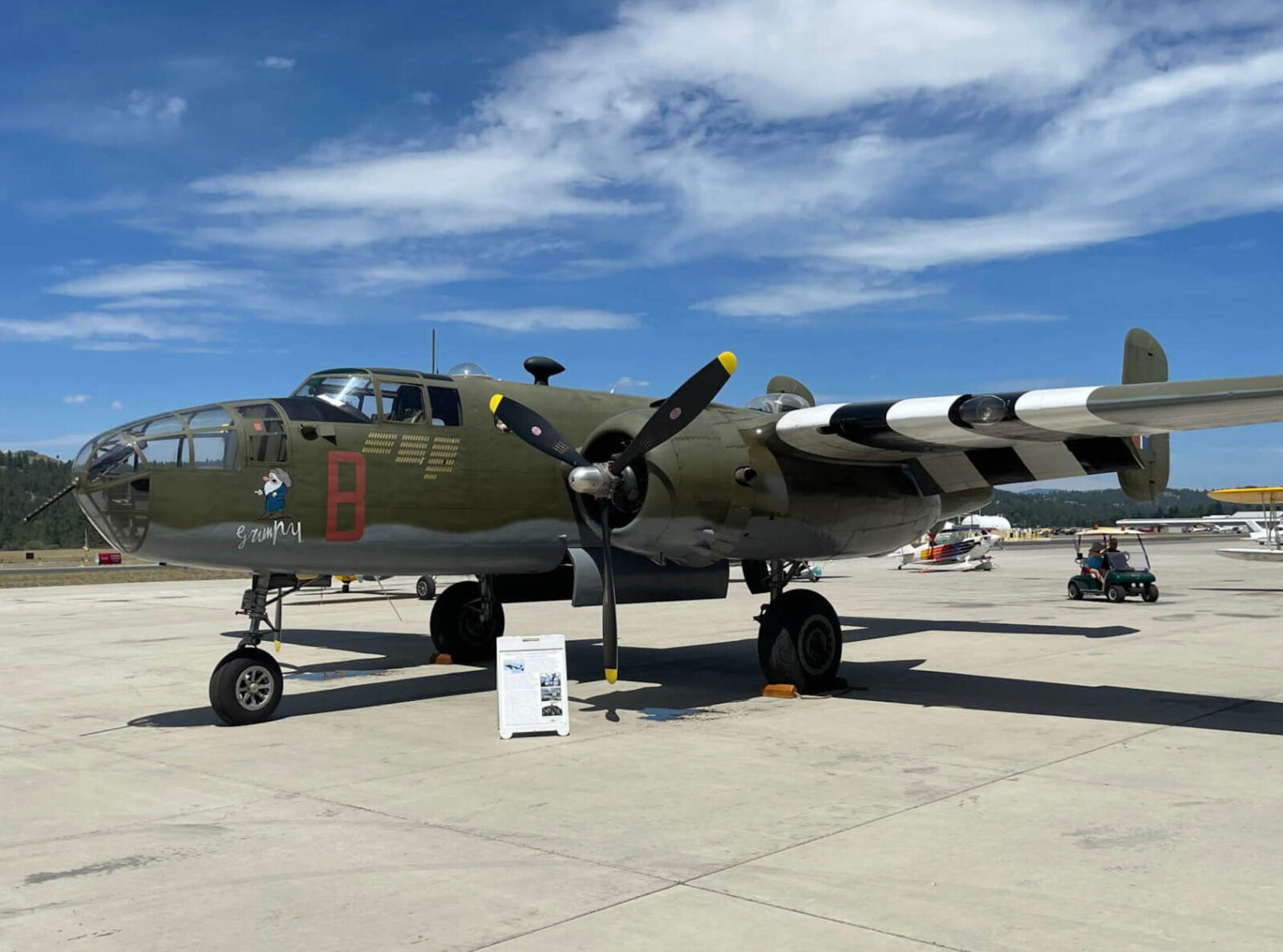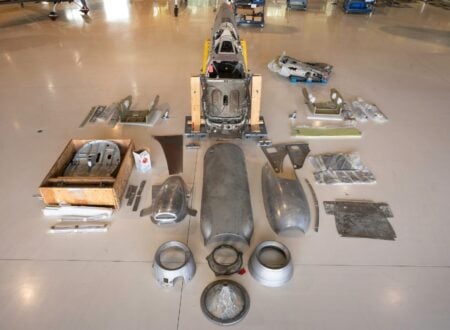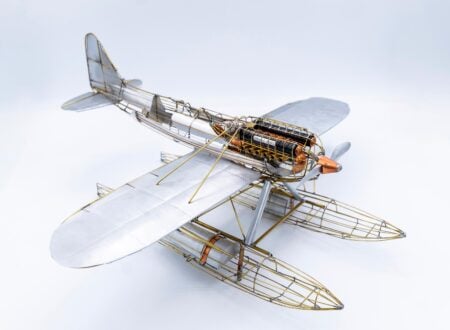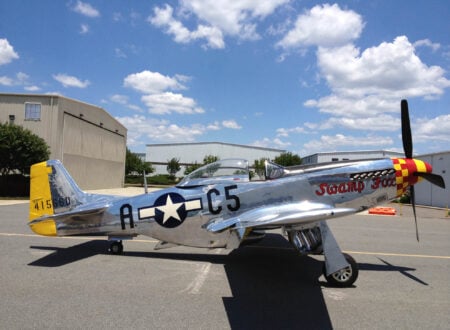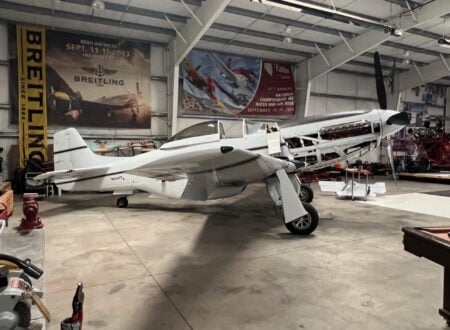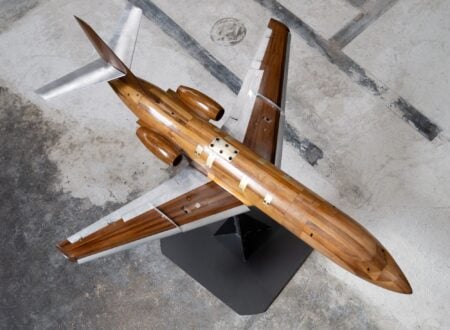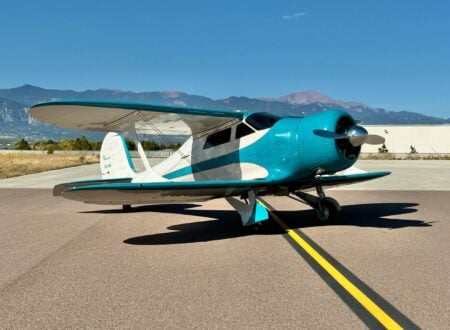This is a 1943 North American B-25 bomber, typically referred to as the B-25 Mitchell. Nearly 10,000 of them were built during WWII, they served in every theater of the war, and some of them would remain in service for over 40 years.
The B-25 you see here is currently being offered for sale, it’s an airworthy example of the bomber that carries the nickname “Grumpy.” Very few airworthy B-25 Mitchells now remain and so this represents a rare opportunity to buy one, so long as you don’t mind the $2,000,000 USD asking price.
Fast Facts – The North American B-25 Bomber
- The North American B-25 Mitchell was developed by North American Aviation in the late 1930s in response to the U.S. Army Air Corps’ call for a twin-engine medium bomber. The first iteration, the NA-40, didn’t meet the requirements, leading to a redesign. The improved version, the NA-62 (later renamed B-25), was ordered into production in 1939.
- The B-25 was 52 feet 11 inches long and had a wingspan of 67 feet 6 inches. Its twin engines could propel it to speeds of up to 275 mph and a service ceiling of about 24,200 feet. The plane could carry a bomb load of up to 3,000 lbs and was armed with .50 caliber machine guns in multiple positions.
- The B-25’s first claim to fame was the Doolittle Raid in April 1942, a daring bombing raid on Tokyo in response to the attack on Pearl Harbor. Sixteen B-25Bs took off from the USS Hornet, providing a much-needed morale boost for the U.S. and demonstrating to Japan that they were not immune to American air attacks.
- The B-25 saw extensive service in all theaters of World War II, serving with the U.S. Army Air Forces and many Allied nations. It played a significant role in the Pacific, conducting numerous operations against Japanese shipping and airfields. Almost 10,000 B-25s were produced during the war.
The North American B-25 Mitchell
The journey of the B-25 began in the late 1930s, amidst rising global tensions before WWII. North American Aviation responded to a call by the U.S. Army Air Corps for a twin-engine medium bomber. The proposed design, the NA-40, did not meet the Air Corps’ performance specifications and was not adopted.
https://youtu.be/DuMPwhIfyIQ
Above Video: This is the full episode of the TV series “Wings” that is focussed on the development and operational history of the North American B-25 Mitchell.
NAA redesigned the NA-40, improving upon its failings. The resulting aircraft, dubbed the NA-62, was a completely modern design featuring two Wright R-2600 radial engines, a shoulder-mounted wing, and tricycle landing gear. The Air Corps was impressed and ordered 184 planes, it was designated the B-25.
The B-25 was a famously versatile and rugged design, it had a wingspan of 67 feet 6 inches and a length of 52 feet 11 inches. Its twin Wright R-2600 engines, each producing 1700 horsepower, could propel the B-25 at speeds of up to 275 mph, with a service ceiling of about 24,200 feet.
The aircraft was capable of carrying a maximum bomb load of 3,000 lbs, though typically it carried around 2,000 lbs for medium-range missions. It was heavily armed with multiple .50 caliber machine guns, placed in the nose, dorsal, waist, and tail positions for defense against enemy fighter aircraft.
B-25s were continuously improved during their production run, with later models adding more firepower, stronger armor, and better overall performance. The B-25J, the final production model, was equipped with a package of forward-firing machine guns that made it a formidable strafer in low-level attack missions.
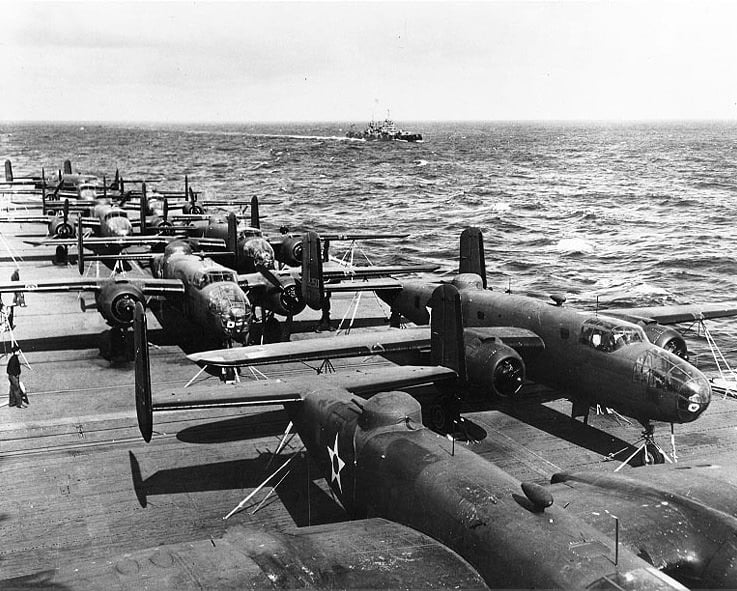

The aircraft was often referred to as the North American B-25 Mitchell, or simply as the B-25 Mitchell in honor of Brigadier General William “Billy” Mitchell, a significant early pioneer of U.S. military aviation.
The B-25 made its operational debut in the infamous Doolittle Raid in April 1942. This daring mission saw 16 B-25Bs, led by Lieutenant Colonel Jimmy Doolittle, take off from the USS Hornet and conduct a daring bombing raid on Tokyo, providing a much-needed morale boost for the U.S.
Throughout the course of World War II, the B-25 served in every theater. Although it was used in Europe, it was in the Pacific where it truly shined, being used extensively against Japanese shipping and airfields.
Almost 10,000 B-25s were built during the war, serving not only with the U.S. Army Air Forces but also with many Allied nations, including the United Kingdom, Australia, China, and the Soviet Union.


Post-war, the B-25 continued to serve in various conflicts such as the Korean War and the First Indochina War, proving its versatility and durability. Eventually, it was phased out as jet-powered bombers became the norm. A small number of B-25s remain airworthy today, with many more on static display in aviation museums around the world.
The 1943 North American B-25 Bomber Shown Here
The aircraft you see here is a 1943 North American B-25 Mitchell that is in full airworthy condition. Its has 5344.3 hours recorded since new and it’s currently licensed in the in the Experimental Category, though it is eligible to be licensed Limited Category if the new owner should so wish.
As you would expect, power is supplied by a pair of Wright R-2600 radial engines, both are the R-2600-35 in this aircraft and both engines have just 25 hours on them since their last major overhaul. Each engine is fitted with a Hamilton Standard 3 Blade propeller, and both propellers have 962 hours on them.
This B-25 Mitchell is currently being offered for sale on Platinum Fighter Sales for $2,000,000 USD, if you’d like to read more about it or enquire about buying it you can visit the listing here.

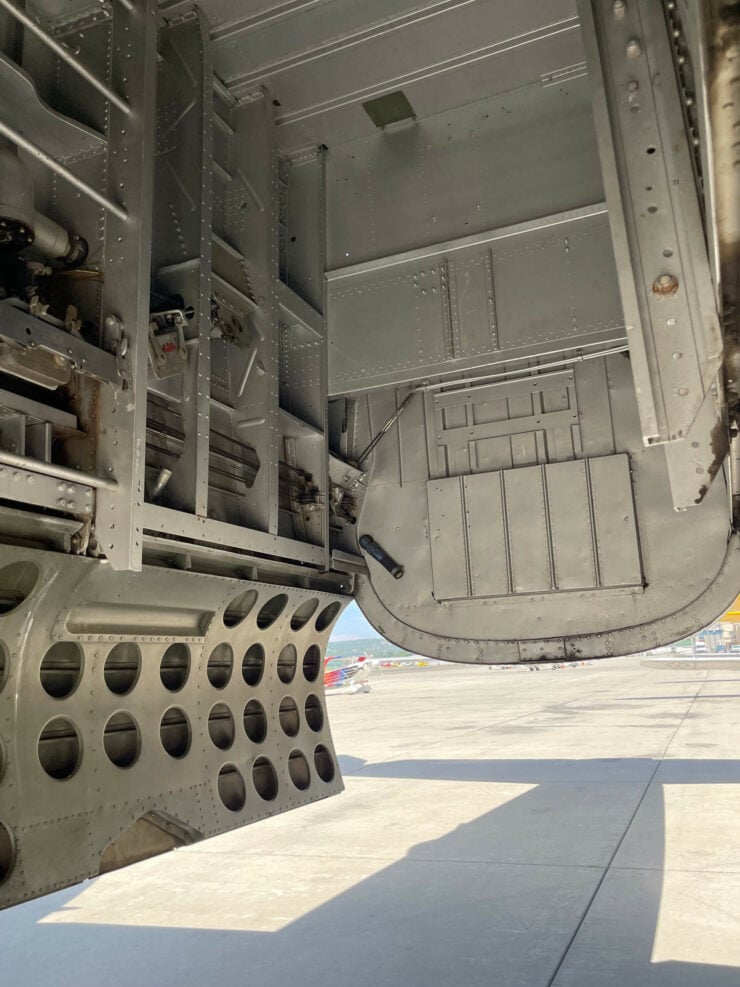
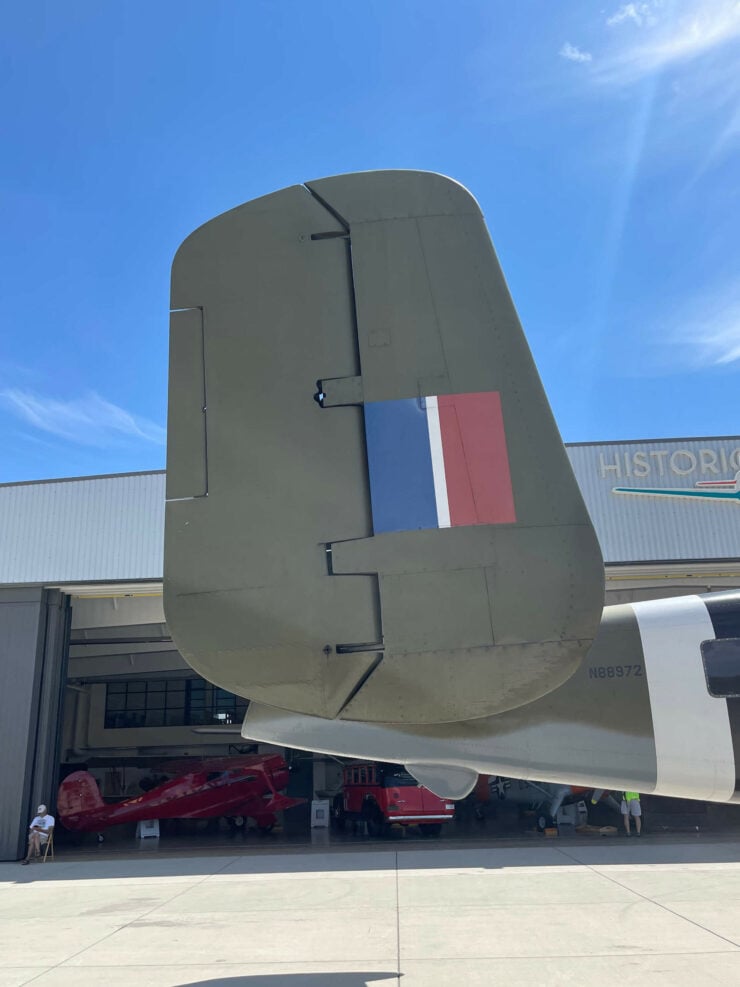
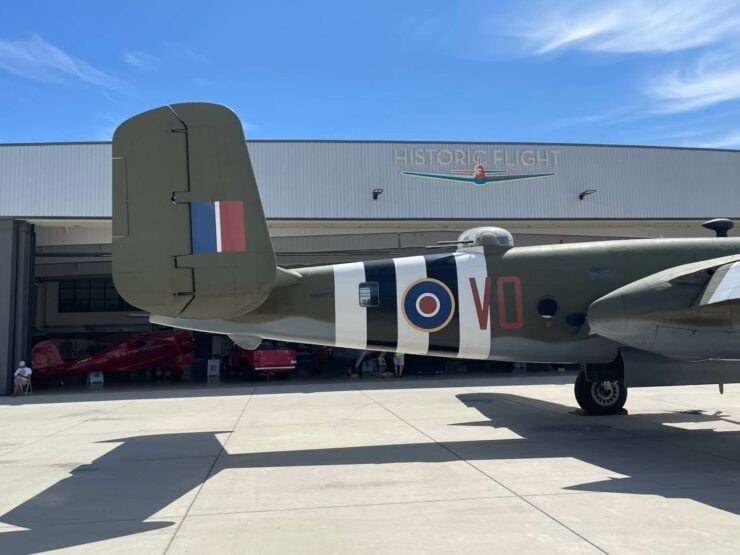
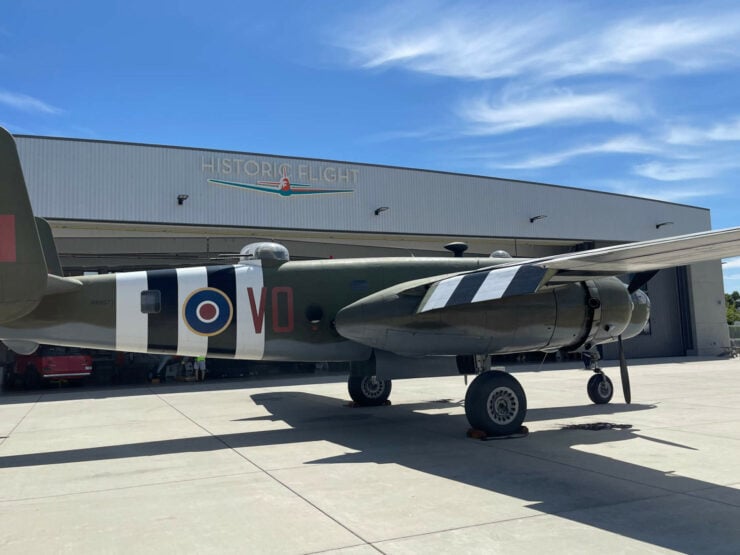
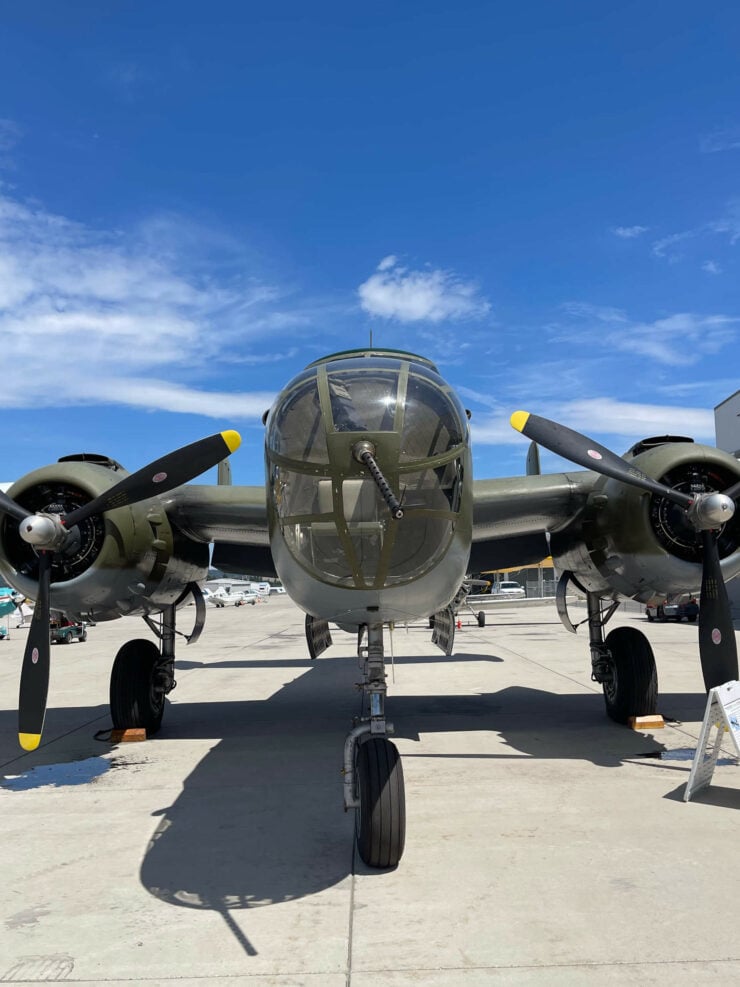
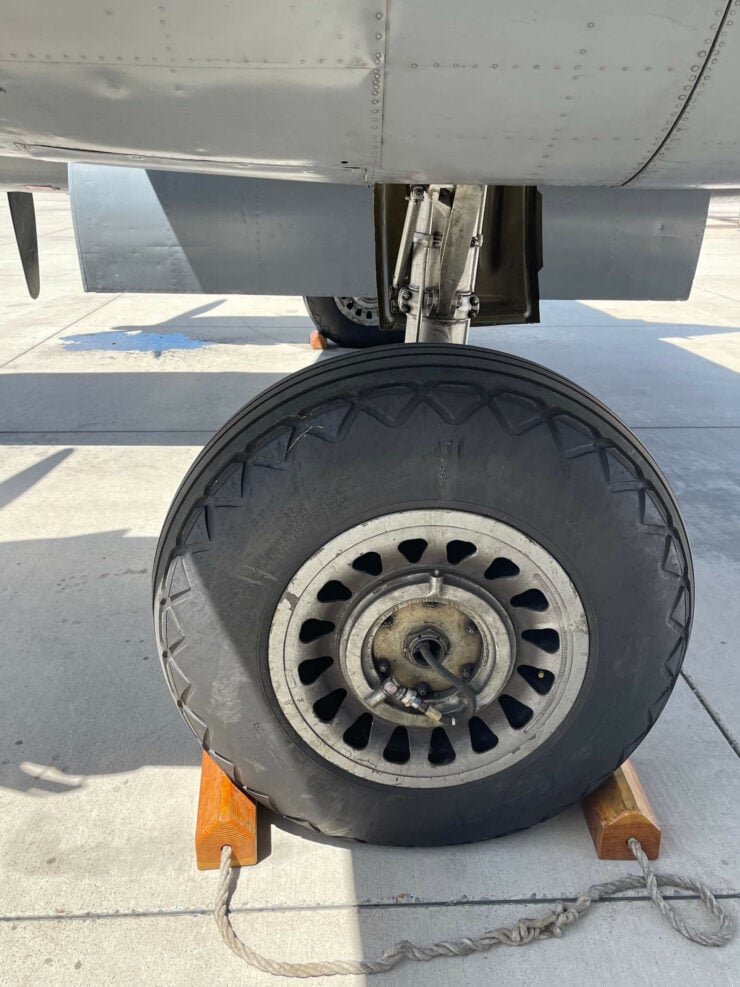
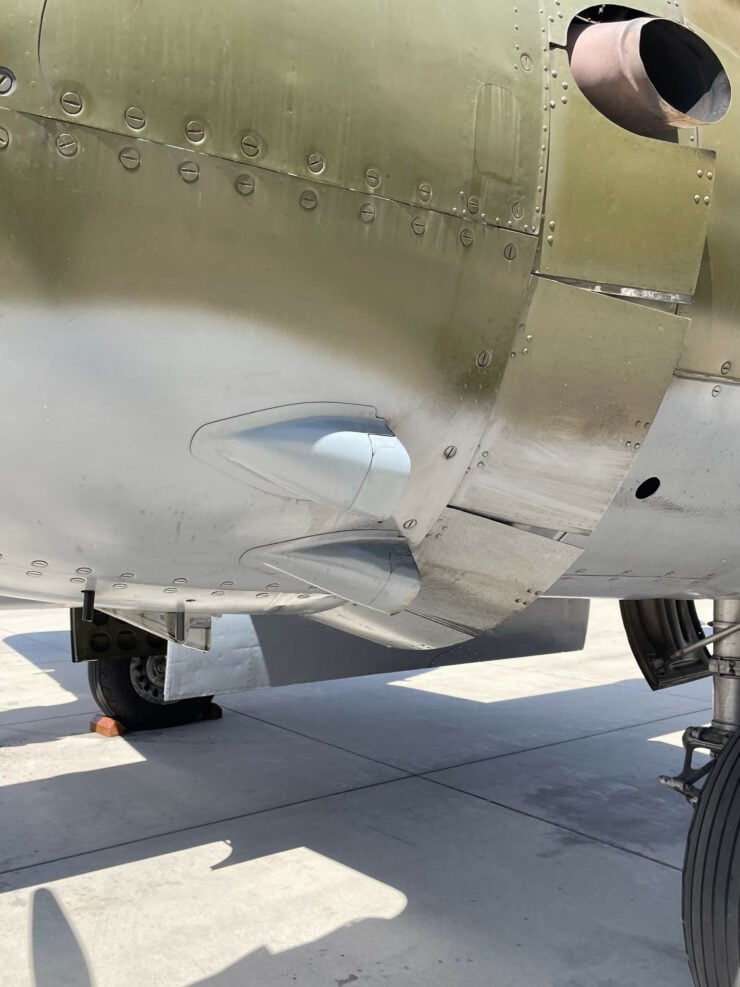
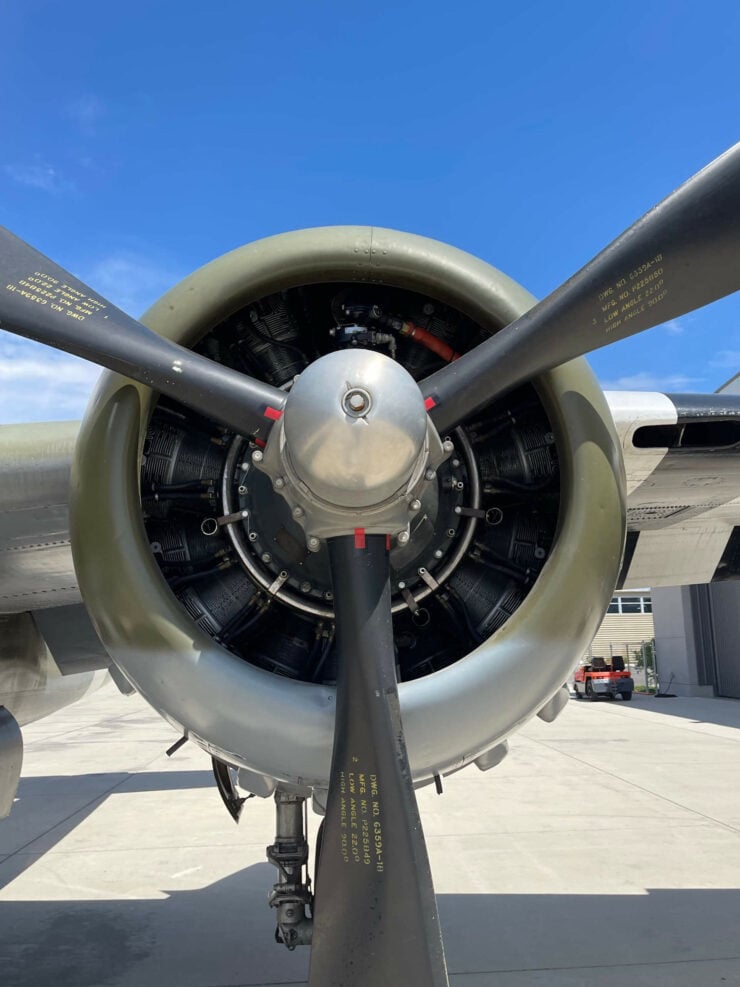

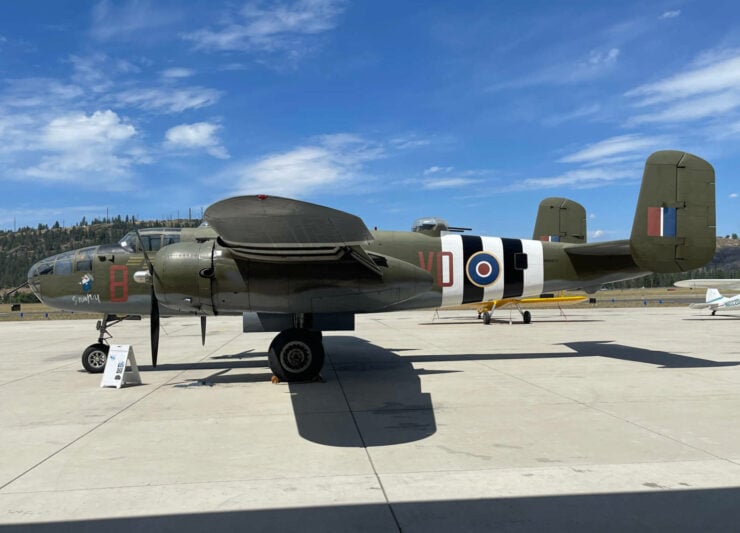
Images courtesy of Platinum Fighter Sales

